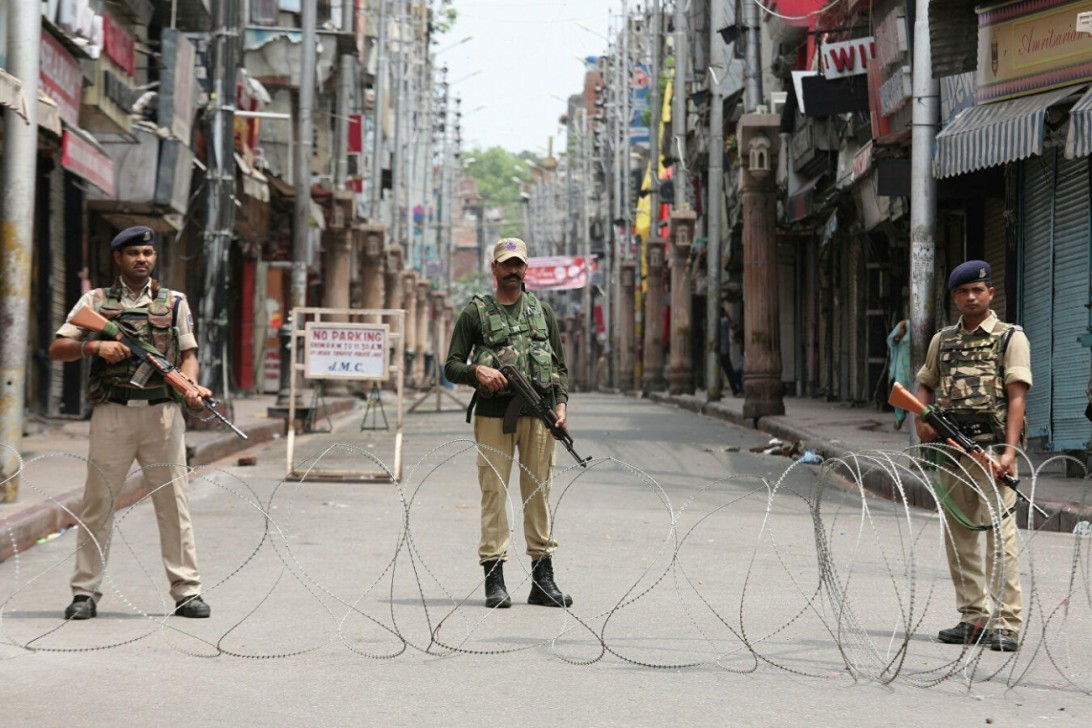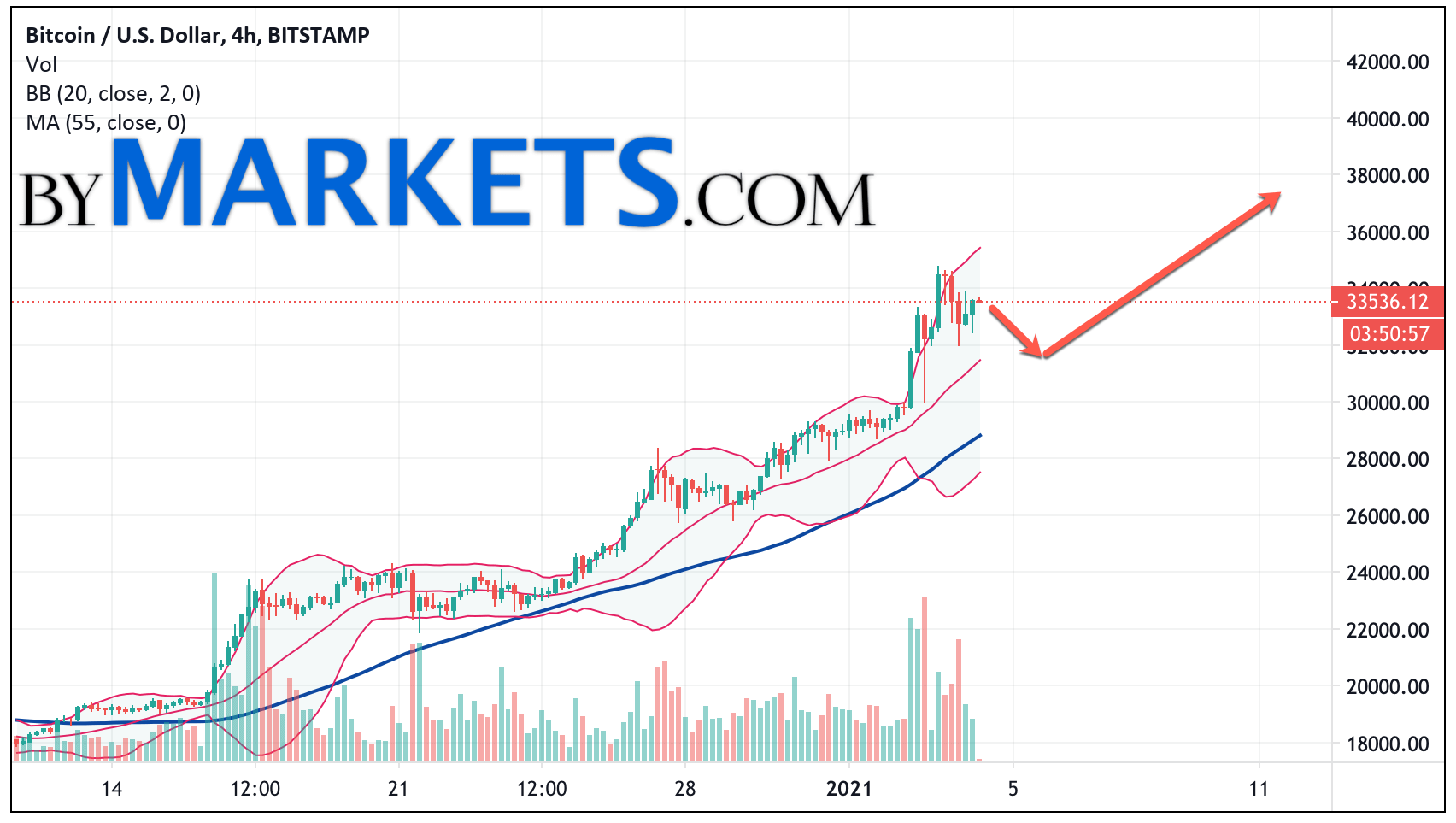India-Pakistan Relations: Understanding The Kashmir Dispute And The Potential For Conflict

Table of Contents
Historical Context of the Kashmir Dispute
The Kashmir dispute's roots lie in the tumultuous partition of British India in 1947. The hasty division led to the creation of two independent states, India and Pakistan, but left the princely state of Jammu and Kashmir with its Hindu Maharaja, Hari Singh, in a precarious position. This ambiguity ignited a conflict that continues to this day.
- The Instrument of Accession and its ambiguities: The Instrument of Accession, allowing princely states to join either India or Pakistan, lacked clarity, leaving Kashmir's future uncertain. This legal gray area remains a significant point of contention.
- The role of Maharaja Hari Singh: Initially hesitant to accede to either nation, Maharaja Hari Singh's decision to join India after a Pakistani-backed tribal invasion significantly shaped the course of the conflict. This decision is still debated by both sides.
- The First Kashmir War (1947-48) and the UN intervention: The First Kashmir War saw Pakistani tribal forces and the Pakistani army invade Kashmir. India intervened, leading to a UN intervention and a ceasefire that resulted in a Line of Control (LOC) dividing the region. This line remains largely unchanged despite subsequent conflicts.
- The subsequent wars of 1965 and 1971 and their impact on Kashmir: The 1965 and 1971 wars further escalated tensions and solidified the division of Kashmir, with significant consequences for the civilian population on both sides of the LOC. These conflicts further entrenched the positions of both nations.
- The Simla Agreement (1972) and its limitations: The Simla Agreement, signed after the 1971 war, aimed to normalize relations and resolve the Kashmir dispute through bilateral talks. However, this agreement has not led to a resolution, with the issue remaining a major point of contention.
The Current State of Affairs in Kashmir
The current situation in Jammu and Kashmir remains tense. The region is heavily militarized, with both India and Pakistan maintaining significant troop deployments along the LOC. Cross-border skirmishes and ceasefire violations are frequent occurrences, highlighting the fragility of the peace.
- The revocation of Article 370 in 2019 and its consequences: India's decision to revoke Article 370, which granted special autonomous status to Jammu and Kashmir, significantly altered the political landscape and sparked widespread protests and international condemnation. This action further exacerbated tensions with Pakistan.
- Cross-border tensions and ceasefire violations: Regular ceasefire violations and cross-border shelling continue to endanger civilian lives and escalate tensions. These incidents often lead to diplomatic spats and further mistrust.
- The role of non-state actors and terrorism: The involvement of non-state actors and alleged cross-border terrorism remains a major point of contention, with both sides accusing the other of supporting militant groups. This adds another layer of complexity to the already challenging situation.
- Human rights concerns and international scrutiny: The human rights situation in Kashmir has drawn significant international attention and scrutiny, with concerns raised about restrictions on freedoms and alleged abuses by security forces. This fuels international criticism of India's policies in Kashmir.
- The impact on the civilian population in Kashmir: The ongoing conflict has had a devastating impact on the civilian population in Kashmir, with many enduring displacement, loss of life, and significant economic hardship. This suffering often goes unnoticed amidst the geopolitical maneuvering.
- The differing narratives and perspectives of India and Pakistan: Both India and Pakistan present vastly different narratives about the conflict, further complicating any attempts at reconciliation. These opposing narratives prevent any meaningful progress towards a solution.
Understanding the Different Perspectives
The contrasting viewpoints of India and Pakistan regarding Kashmir's status are deeply rooted in historical events, national identity, and political ideology.
- India’s claim of Kashmir as an integral part of the country: India views Jammu and Kashmir as an integral part of its territory, based on the Instrument of Accession. This is a core tenet of India’s national identity.
- Pakistan’s support for self-determination of the Kashmiri people: Pakistan advocates for a referendum allowing the Kashmiri people to decide their future, citing the right to self-determination as enshrined in international law. This highlights the significant ethical considerations of the dispute.
- The role of religion and national identity: Religious and national identities play a significant role in shaping the perspectives of both nations, further complicating the issue and adding a sensitive religious dimension.
The Potential for Conflict and Pathways to Peace
Several factors could lead to further escalation between India and Pakistan, potentially resulting in a large-scale conflict.
- Military build-up and arms race: The ongoing military build-up by both countries increases the risk of accidental escalation or miscalculation. This arms race further heightens the risk of an armed conflict.
- Terrorist attacks and cross-border incidents: Continued terrorist attacks and cross-border incidents fuel tensions and can quickly escalate into a larger conflict. These provocations have the potential to trigger a large-scale conflict.
- The role of external actors and great power involvement: The involvement of external actors and great powers in the region could inadvertently complicate the situation and increase the risk of escalation. External interventions often add fuel to the fire.
- The potential for miscalculation and unintended escalation: The risk of miscalculation and unintended escalation due to heightened tensions and mistrust remains a significant concern. This is perhaps the greatest risk of all.
However, pathways to peace and de-escalation do exist.
- Dialogue and diplomacy between India and Pakistan: Renewed and sustained dialogue between the two nations is crucial to building trust and addressing underlying issues. Direct communication is paramount.
- International mediation and the role of the UN: International mediation, potentially involving the UN, could play a crucial role in facilitating dialogue and finding a mutually acceptable solution. External mediation offers a useful intervention.
- Confidence-building measures and track II diplomacy: Implementing confidence-building measures and engaging in track II diplomacy can help reduce tensions and foster understanding between both societies. Unofficial channels offer a safe space for dialogue.
- Addressing underlying issues like water sharing and trade: Addressing long-standing issues such as water sharing and trade can help build trust and create a more cooperative environment between the two nations. Addressing economic issues can build positive relationships.
Conclusion
The India-Pakistan relationship, heavily burdened by the decades-long Kashmir dispute, remains a precarious situation with significant potential for conflict. Understanding the historical context, the current geopolitical realities, and the diverse perspectives involved is crucial for navigating this sensitive issue. While the path to lasting peace is fraught with challenges, exploring avenues for dialogue, fostering trust, and addressing underlying concerns are essential for mitigating the risks and fostering a more stable future. Continued attention and engagement with the complexities of India-Pakistan relations, particularly regarding the Kashmir dispute, are paramount to promoting regional stability and preventing further escalation. Only through sustained dialogue and a commitment to peaceful resolution can we hope to navigate this critical issue successfully. Let's work towards a peaceful resolution of the India-Pakistan relations and the Kashmir dispute.

Featured Posts
-
 Lyon Psg Maci Canli Izle Lig 1 I Nereden Yayinlaniyor
May 08, 2025
Lyon Psg Maci Canli Izle Lig 1 I Nereden Yayinlaniyor
May 08, 2025 -
 Lotto 6aus49 Ziehung Vom 9 4 2025 Gewinnzahlen
May 08, 2025
Lotto 6aus49 Ziehung Vom 9 4 2025 Gewinnzahlen
May 08, 2025 -
 Will Bitcoin Soar 1 500 In 5 Years Analyzing The Investment Outlook
May 08, 2025
Will Bitcoin Soar 1 500 In 5 Years Analyzing The Investment Outlook
May 08, 2025 -
 Wall Street Ten Kripto Paraya Artan Ilgi Yatirim Stratejileri Degisiyor Mu
May 08, 2025
Wall Street Ten Kripto Paraya Artan Ilgi Yatirim Stratejileri Degisiyor Mu
May 08, 2025 -
 Famitsu Most Wanted Games Dragon Quest I And Ii Hd 2 D Remake Leads March 9 2025
May 08, 2025
Famitsu Most Wanted Games Dragon Quest I And Ii Hd 2 D Remake Leads March 9 2025
May 08, 2025
